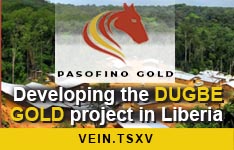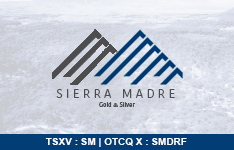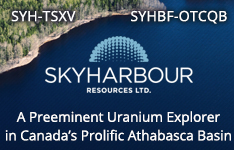Russia's copper reserves are located in Siberia (70%) and the Urals (20%). A large percentage of Russian reserves are in the remote northern and eastern regions, away from major populations and infrastructure. While exploration was undertaken in these remote regions during the Soviet era, after the collapse, enterprises in the area sharply curtailed operations.
Russia’s copper deposits vary in size and are composed of a variety of mineral types. The copper deposits in the country include ultramafic/mafic intrusion-hosted, VMS, SEDEX, stratabound sedimentary rock-hosted, porphyry and skarn. The well-known and large-sized copper deposits in Russia include: The Udokan, Talnakh, Bystrinsk, Podolsk, Yubileinoe and the Volkovskoe
Laws
In addition to the inhospitable terrain, Russia has strict mining laws that limit the amount of foreign investment into its mineral reserves. On April 16, 2008, the Russian parliament passed a new federal law "On Procedures for Foreign Investments in Companies of Strategic Significance for National Defense and Security" imposing restrictions on foreign investors seeking to buy shares or acquire control over Russian companies that are deemed strategic. Depending on the commodity, foreign ownership is limited to 49% and applies to deposits with large reserves of >150 metric tons of oil, 75 billion cubic meters of gas, 10t copper and 700t gold; to strategic raw materials, including diamonds, nickel, high-purity quartz, rare earths and uranium; and to mineral deposits located near defense/military facilities and frontier areas.









































